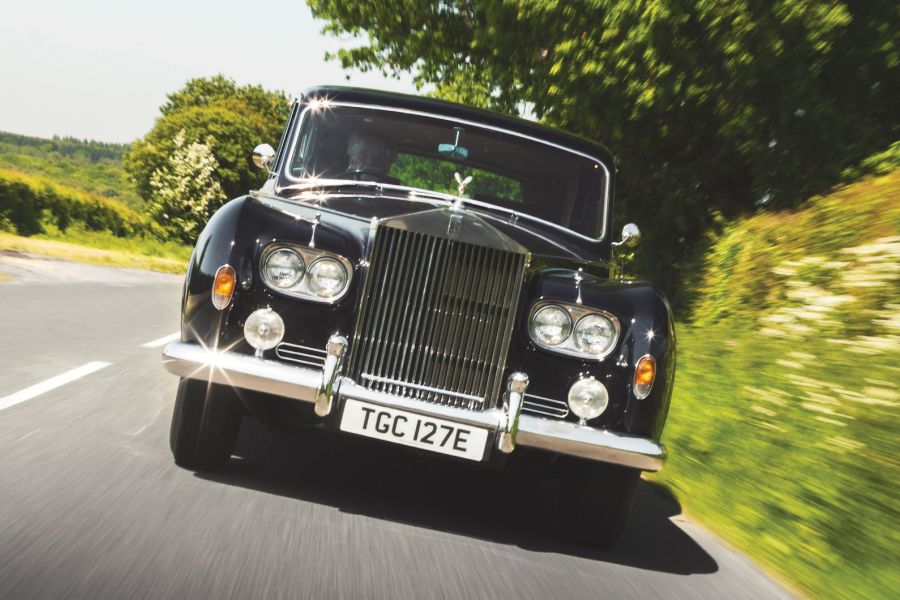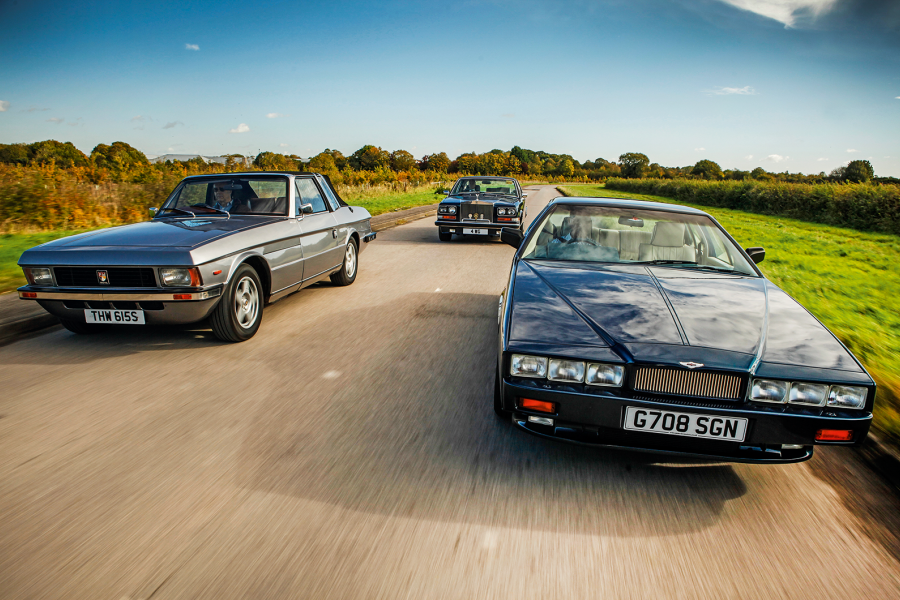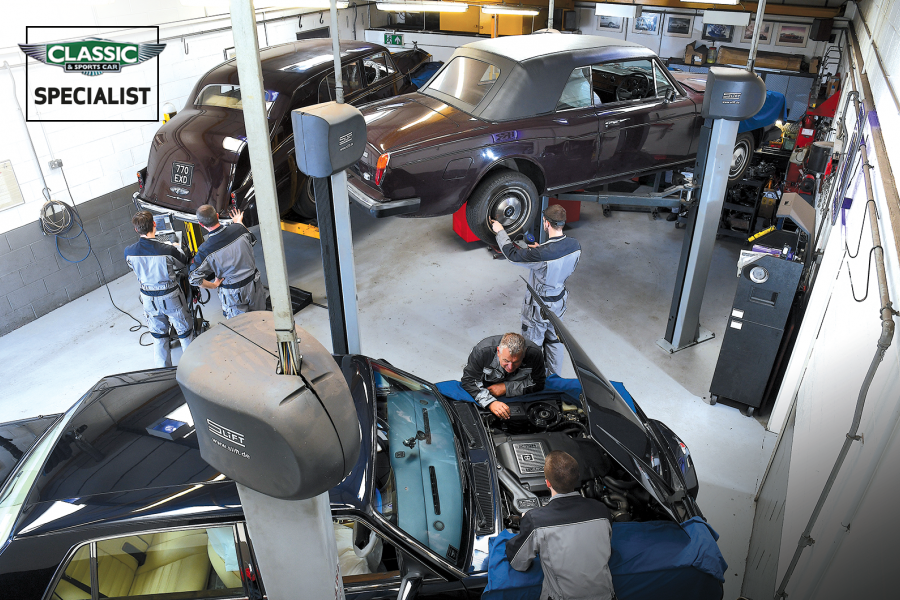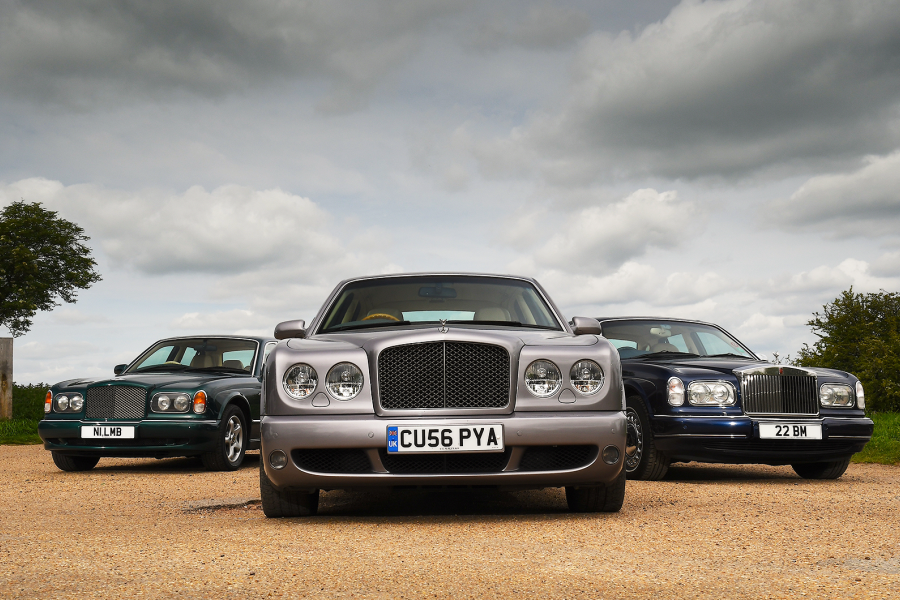“We got to where we were staying and I took off all four wheels to adjust the drums. Jim had taught me how to do it but I’d never actually done it, let alone four of them in the middle of India.”
As the weeks rolled on, Rupert and Jan began to acclimatise to a slower mode of transport and a quicker pace of life, immersing themselves in the sights and sounds of the vibrant country.
The grey paint was added in 1968
“We had the windscreen open, and sitting in the front of a car like that with the world floating past you was magical,” he says.
“We never went particularly fast, we just sort of floated along, Jan watching out for mad drivers and I for the massive potholes and sleeping policemen that are endemic on roads on the subcontinent.
“The smells of India would come through the car – the open drains, the scent of blossom, market stalls, roti cooking on open fires and that sort of thing.
“We ate almost entirely at street stalls during the day and often at night, unless we were staying somewhere posh. Of course the only time you get bellyache is when you have a posh meal.”
In beautiful Bangladesh
Staying in maharajas’ palaces in Rajasthan, cheap hotels in Uttar Pradesh and timber-framed houses high in the Naga Hills, the Greys marked the halfway point in their journey in Bangladesh, where both passengers and their machine were welcomed as guests of honour at Chobi Mela, the great international festival of photography and human rights.
“That was the highlight of the journey,” says Grey with a smile. “I had been going to it for years, and many old friends and fellow photographers were there.”
The event was founded by close friend of the couple Dr Shahidul Alam, a photographer and activist jailed and tortured for posting an interview on Facebook, and who in 2018 became a Time magazine Person Of The Year.
“During the procession he sat on the roof smiling, like a Buddah; it was marvellous,” says Grey, who admits that the combination of vintage Rolls-Royce and English aristocrat was perhaps an unlikely symbol at a human rights festival: “But it just worked, everybody loved it.”
Making progress through Jaipur, the ‘pink city’
The family left the festival on cloud nine, but quickly found themselves under one while hurrying through the night to make it out of Bangladesh before their visa expired, as a hartal was declared for the day they were due to cross back into India.
“A hartal is a political strike,” explains Grey, “but we were not aware of it. Nobody can take a mechanically propelled vehicle on the road, and if you do you become extremely unpopular to the point of potential violence.
“We stopped to ask the way and a crowd gathered, which gradually began to grow more fractious. I edged slowly forward and there was a lot of shouting. Katherine, Carmody and Rose, who’d joined us for the month, were in the back.
“Shouting turned to gesticulating and the crowd came round to the sides of the car; suddenly there was a gap in front of us. I got out of there so bloody fast you have no idea. A few hundred yards later we passed a police station, where we pulled in and kept out of sight for a while.”
The Rolls-Royce has resumed its quiet life in the UK
Navigating India’s roads proved a challenge in the Rolls-Royce, not least due to the locals’ enthusiastic disregard for any form of regulation or traffic law, with near-suicidal overtaking manoeuvres an everyday occurrence.
But despite countless battle scars picked up during the adventure, it wasn’t always the 25/30 that came off worst.
“We caught a rickshaw – one on each wing,” says Grey. “I was drifting along very slowly in a traffic jam, telling a story to our daughters in the back, when suddenly there were shouts of protest from the front.
“I turned around to find the Rolls’ bumper had caught two motorised rickshaws, one on each side, and was slowly turning them around: instead of going forwards they were going sideways and in danger of tipping over.
“Of course they were full.There must have been 10 people in each one. We got out and had to lift them off the bumper. No damage was done and we laughed about it afterwards, but at the time I felt like an idiot.”
Children were drawn to the Rolls-Royce’s running boards
The pair parted with the car at Kolkata, travelling by train to Bangalore in southern India while McGarvey retired his trusty Royal Enfield support vehicle and accompanied the Rolls-Royce in an alarming dilapidated truck along the coast, to be reunited a few days later.
The trio motored from there to Mumbai via Goa. As the trip drew to a close, more than 8000 miles had been covered during six months.
Photographer Grey captured thousands of memories, from the slums of Mumbai to the palaces of the maharajas using his trusty trio of Nikon FM2s and a digital Canon D7, while others were simply etched into the grey-and-black bodywork of the storied Rolls-Royce.
But perhaps the most vivid images are yet to come.
The rebuilt suspension ensures the classic Rolls-Royce maintains its poise
After returning to the UK, McGarvey began editing his footage and, following years of tireless work and with Sharon Stone as executive producer, his imagery and recordings have been brought to life in a motion picture documenting the family’s adventure: Romantic Road.
Will seeing their epic trip from an outside perspective give them a greater understanding of India?
“I don’t think I will ever claim to have an understanding of India,” says Grey. “It’s so complex, so varied, and so different in its parts. We were in love with it when we started and we stayed in love with it throughout.”
Images: Max Edleston/Rupert Grey
Romantic Road is due for cinematic release in the UK on 8 October – find out more here.
READ MORE
60,000 miles around the world in Minis
Glamour models: Mercedes-Benz 280SE 3.5 Coupé vs Rolls-Royce Silver Shadow MPW
The conundrum of this unique Pinin Farina Rolls-Royce
Greg MacLeman
Greg MacLeman is a contributor to and former Features Editor of Classic & Sports Car, and drives a restored and uprated 1974 Triumph 2500TC






























